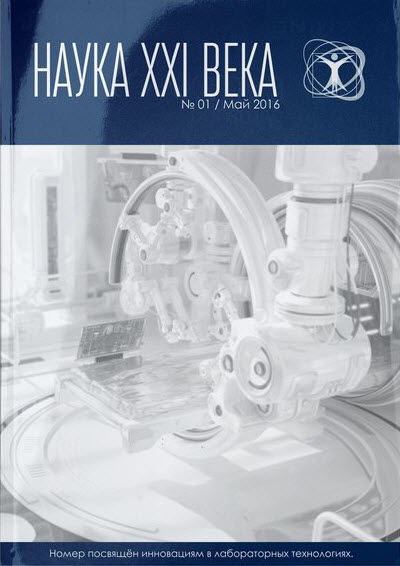Срочная публикация научной статьи
+7 995 770 98 40
+7 995 202 54 42
info@journalpro.ru
Teaching aids and teaching materials for EFL classes
Рубрика: Педагогические науки
Журнал: «Евразийский Научный Журнал №1 2020» (январь, 2020)
Количество просмотров статьи: 4641
Показать PDF версию Teaching aids and teaching materials for EFL classes
Чориева И.
Буронова М.
As we know, teaching is an art, which includes knowledge, presentation, an art of dissemination. Teaching demands broad knowledge of subject matter in all horizons, complete curriculum with standards, positive and caring attitude with enthusiasm, and a desire for learning and techniques of classroom management and a desire to make a difference in the lives of young people. I am sure that nobody will deny the fact that a teacher is an aid and the activities used by the teachers are materials in the classroom.
Teaching materials are the materials, which the teacher can use to help pupils learn a foreign language through visual or audio perception. They must be capable of contributing to the achievement of the practical, cultural, and educational aims of learning a foreign language. Good teaching materials will be helpful to reinforce the pupils’ initial desire to learn the language.
By teaching materials, we mean the materials, which the teacher can use to help pupils learn a foreign language through visual or audio perception. They must be capable of contributing to the achievement of the practical, cultural, and educational aims of learning a foreign language.
The modern textbooks for teaching a foreign language should meet the following requirements:
1. The textbooks should provide pupils with the knowledge of the language sufficient for developing language skills, i.e., they must include the fundamentals of the target language.
2. They ensure pupils activity in speaking, reading and writing, i.e., they must correspond to the aims of foreign language teaching in schools
3. The textbooks must arouse pupils’ interest and excite their curiosity
4. The textbooks must extend pupils’ educational horizon, i.e., the material of textbooks should be of educational value.
Teaching materials acquire special importance in gaining cultural aims. In this connection, it is necessity to mention the qualities teaching materials should possess:
1. Authenticity
2. Clarity
3. Practicality
4. Appropriateness
The followings are the samples of teaching materials which are useful for every EFL classes:
Wall-charts: A wall-chart is a big sheet of paper with drawing or words to be hung in the classroom and used for revision or generalization of some linguistic phenomenon, such as “English Tenses”, “Passive Voice”, “Rules of Reading” and so on.
Posters or series of illustrations portraying a story. They are used as “props” inretelling a story read or heard.
Pictures. a) Object pictures (a bed, a cat, a table)
b) Situational pictures (the picture of a boy lying in bed)
c) Topical picture (a picture of a bedroom)
According to A. Spicer, “The purpose of teaching materials is not to usurp the role of the teacher, nor even to make his work easier. Their main purpose is to make it possible for the teacher to teach more effectively, more interestingly and more economically. It is equally important that the material should help the pupil to learn more easily and more rapidly.”
Teaching aids used in various combinations allow the teacher to develop his pupils’ oral-aural skills: These materials are valuable for presentation, exercised, revision, testing. Visual materials have an important role to play in the development of hearing and speaking skills.
Teaching became as important as tools of teaching in the past that you could not think of classroom without a teacher standing at the blackboard with chalk in hand, drawing diagrams and pictures or writing the lesson notes on the blackboard, which the students busily copied in their notebooks. However, the same methods are continuing in most of the Indian schools, but many schools have changed to the modern methods of teachings as explained above. The best is to make use of both the traditional as well as the modern methods of teaching. Teachers of today have to keep abreast of the modern technology available for teaching and use each and every opportunity to get their classrooms equipped with the same. The teachers of today will need to change their teaching strategies according to the need of the hour. They have to be selective in choosing teaching aids relevant to the lessons and subjects they teach.
Used literature:
- Atkins, B.T.S. and Varantola, K. (1997). Monitoring dictionary use. International Journal of Lexicography 10, 1:
1-45. - Knight, T. (1996). Learning vocabulary through shared speaking tasks. The Language Teacher 20, 1:
24-29. - McKeown, M.G. (1993). Creating effective definitions for young word learners. Reading Research Quarterly 28, 1:
17-31. - Nation, I.S.P. (2001). Learning Vocabulary in Another Language. Cambridge: Cambridge University Press.









